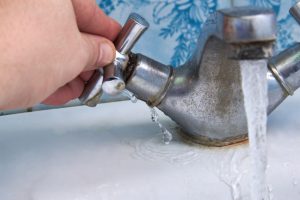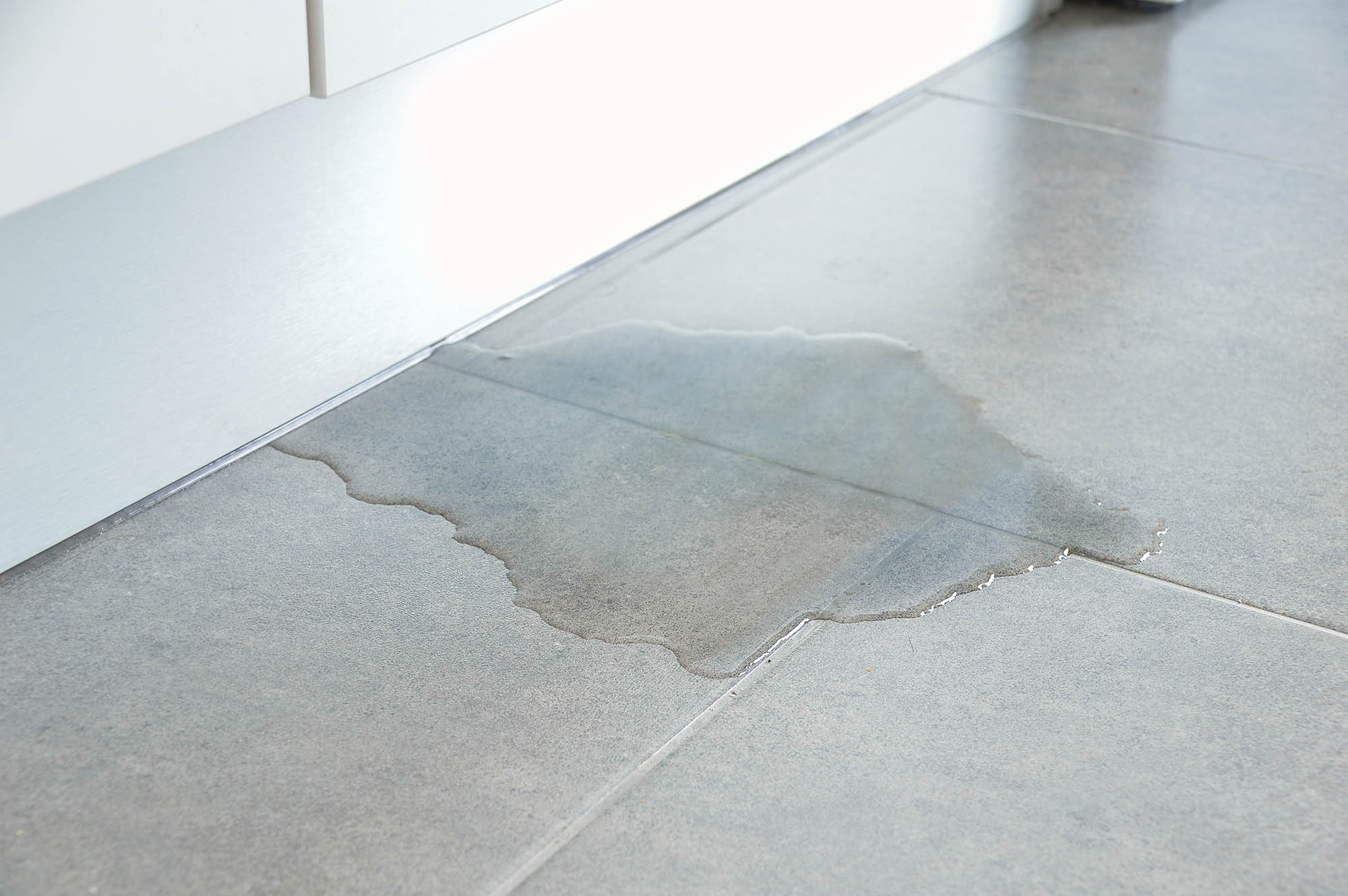Detecting and Dealing with Bathroom Water Leaks: Essential Insights
Additional ResourcesThis great article which follows about How to Check for Bathroom Leaks is truly enjoyable. Don't miss it.

Shower room leakages are annoying as they interrupt your day's strategy. It is an alleviation that a lot of bathroom leakages are easy to detect and repair, with minimal expense implications.
Having a water leak in restroom can be difficult to the house owner. The write-up serves as a "very first aid" when you require an emergency feedback to a water leak in shower room.
Discovery and Repair Service of Water Leakage in Washroom
Water leakage in washroom typically results from plumbing and also pipeline mistakes. There are numerous kinds of shower room leaks. You may need a fundamental knowledge of these leakage types to spot the water leak in restroom. Here are the typical restroom leakages and deal with pointers:
Splash Leaks
These commonly result from water splashing on the restroom flooring from the bathtub. It is a consequence of using a bad shower drape or worn tub cellular lining. It harms the bathroom floor as well as might cause rot to wood floors and restroom doors. The water usually pools around the tub or shower. This may cause even worse restroom damages without timely handling.
What to Do
This shower room leak is the simplest to deal with. You only require to replace the curtains or recaulk the tub or shower. If the leakage has damaged the washroom floor or door, you may require to transform these to stop additional damage. The good news is that you can entail a plumbing specialist to help with the washroom fixing.
Commode Leaks
Sometimes, water leakages from the toilet and pools around the bathroom base. It is an eyesore in the bathroom as well as requires punctual focus. Occasionally, it arises from a loosened link between the bathroom and also the storage tank. This creates water to leak from the cistern to the flooring. It may also result from cracks in the toilet bowl or a malfunctioning shut-off shutoff.
What to Do
If there hang bolts between the tank and commode, you only need to tighten them. Occasionally you might need to reapply wax on the gasket or contact a washroom leak professional to replace broken or used parts.
Clogged Restroom Sinks
Occasionally, the water leakage in shower room results from sink clogs. This is frequently a nuisance to homeowners and also might be unpleasant. Blockages might result from the build-up of soap scum, hair particles, or particles that block the drainpipe. It is easy to handle blockages, and also you may not require professional abilities.
What to Do
You can utilize a drainpipe snake to get rid of the debris in the drain and allow the stagnant water flow. Drain cleansers are likewise offered in stores as well as are easy to use. A bettor is likewise useful in removing your drainpipe. It is a common family device and also is available in handy in clearing aggravating obstructions in sinks and also drains.
Final thought
Water leakages in the washroom are preventable occasions in the residence. Maintenance as well as routine checks assist to maintain everything in great form. You can never be as well mindful, as well as these occasions still occur. When they do, fix them without delay, or engage the solutions of a specialist.
The write-up offers as a "very first aid" when you need an emergency response to a water leakage in shower room.
Water leak in washroom generally results from pipes as well as pipeline faults. You may need a fundamental expertise of these leakage types to identify the water leak in restroom. It damages the restroom floor and also may cause rot to wooden floorings and also washroom doors. Occasionally, the water leakage in bathroom results from sink obstructions.
Signs That You Have a Water Leak in Your Bathroom
Puddles and Damp Patches
Water that’s appearing unexpectedly is a bad sign. If you’ve not taken a bath or shower, yet water’s still on the floors, then you’ve sprung a leak.
Keep an eye out for puddles on the floor, around the base of your shower, and/or in the cabinets of your bathroom. That water’s coming from somewhere!
The same goes for dampness in the room. Damp patches (however big or small) that appear anywhere from the floor to the ceiling is another sign of a leak.
Mold
Mold isn’t uncommon in bathrooms.
It’s found in damp and humid conditions, making a bathroom prime territory for mold to form. This is true in and around areas like the shower.
Confusingly, though, mold can also be a signal of a leak. Remember the damp patches we mentioned above? Well, it’s only a matter of time before mold grows on them.
Note any mold that’s started to form in ‘unexpected’ places. Pay close attention to mold in areas that should, in theory, remain dry.
Peeling Wallpaper
You may or may not have wallpaper in your bathroom.
If you don’t, then skip this one. However, for those that do, read on!
Essentially, any damp that’s present beneath a layer of wallpaper will cause it to peel away from the wall. Sure, this happens in time anyway, as the adhesive fails.
But don’t let that fact dissuade you from suspecting a leak. A well-wallpapered bathroom won’t peel unless there’s a problem.
Tiling Issues
On the subject of things coming off walls, pay attention to your bathroom tiles.
Never ignore them when they’re broken or loose, or have damaged caulking between them. These can let water trickle through and impact the materials beneath in what’s called a ‘tile leak’.
Bad tile leaks can be expensive to repair. If you’re lucky, you can get away with just replacing the tiles and grout/caulk. Sometimes, though, you’ll need a brand new backing.
The basic message here is to regularly check the tiles in your bathroom for damage, wear and tear! Call a professional for support at the first sign of trouble.
Strange Noises
Nothing sends terror through the hearts of a homeowner like the sound of dripping water in the walls! Any obvious water sounds must be addressed as soon as possible. You’ve sprung a leak which could be causing untold damage to the property.
Keep an ear out for more subtle and unrecognizable sounds too. For instance, a high-pitched hissing noise in the walls can come from a pipe that’s developed a slight crack.
Call the professionals whenever you notice watery noises persisting in the absence of bathroom appliances being used.
Strange Smells
As we’ve seen, leaks often cause damp, mold and mildew to develop in your bathroom.
However, you might notice a strange smell before these key visual clues emerge.
Think about the last time you went down into an old basement. The dank and earthy odor in the room is like what you can find in a bathroom with a leak. Unfortunately, many homeowners don’t understand what they’re smelling!
They might buy a new air freshener to remove the smell, without addressing the actual cause. It would be like spraying deodorant on your clothes instead of putting them through the wash! The smell improves, but the leak is allowed to get worse.
https://www.plumbtimesc.com/7-signs-that-you-have-a-water-leak-in-your-bathroom/

As a serious reader on How to Check for Bathroom Leaks, I assumed sharing that excerpt was really useful. If you please take the time to promote this article if you liked it. I recognize the value of reading our article about How to Detect and Fix a Bathroom Leak.
Book Services